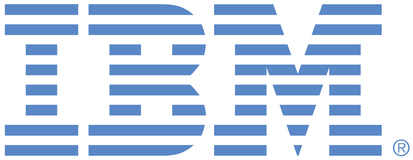
This portal is to open public enhancement requests against products and services offered by the IBM Data & AI organization. To view all of your ideas submitted to IBM, create and manage groups of Ideas, or create an idea explicitly set to be either visible by all (public) or visible only to you and IBM (private), use the IBM Unified Ideas Portal (https://ideas.ibm.com).
Shape the future of IBM!
We invite you to shape the future of IBM, including product roadmaps, by submitting ideas that matter to you the most. Here's how it works:
Search existing ideas
Start by searching and reviewing ideas and requests to enhance a product or service. Take a look at ideas others have posted, and add a comment, vote, or subscribe to updates on them if they matter to you. If you can't find what you are looking for,
Post your ideas
Post ideas and requests to enhance a product or service. Take a look at ideas others have posted and upvote them if they matter to you,
Post an idea
Upvote ideas that matter most to you
Get feedback from the IBM team to refine your idea
Specific links you will want to bookmark for future use
Welcome to the IBM Ideas Portal (https://www.ibm.com/ideas) - Use this site to find out additional information and details about the IBM Ideas process and statuses.
IBM Unified Ideas Portal (https://ideas.ibm.com) - Use this site to view all of your ideas, create new ideas for any IBM product, or search for ideas across all of IBM.
ideasibm@us.ibm.com - Use this email to suggest enhancements to the Ideas process or request help from IBM for submitting your Ideas.
IBM Employees should enter Ideas at https://ideas.ibm.com

App user can also get various app info(logs) from GUI with these: https://www.ibm.com/docs/en/spectrum-symphony/7.3.2?topic=files-retrieving-logs/ https://www.ibm.com/docs/en/spectrum-symphony/7.3.2?topic=service-retrieving-application-logs-from-cluster-management-console including task logs that are created by application service.
Application logs and structure are external to Symphony. Applications generate 1000's of log files and searching these logs through the Symphony GUI is not practical. Customers typically use ELK for this purpose.
Symphony has GUI support to retrieve application logs, but the location of these logs are assumed to be on the local disk of the compute host. Symphony can only download a small number of logs at one time before running into timeouts. For most common use cases, downloading a small number of files is sufficient, if the application developer is looking for something specific.
If all logs are located in one location, then using "ssh" to access the log location is a far better approach. If the application developer is looking for a specific message or job log on a large set of hosts, then using a tool like grep to search will be much more efficient than downloading around 10 logs at a time, checking them and moving on to the next set.